You are here
Wed, 2012-10-03 18:01 — mdmcdonald
The mission of this working group is to focus on discussions about emergency management.
The mission of this working group is to focus on discussions about emergency management.
Add Content to this group
Members
| Amanda Cole | Kathy Gilbeaux | Lisa Stelly Thomas | mdmcdonald | Miles Marcotte |
Email address for group
emergency-management-us@m.resiliencesystem.org

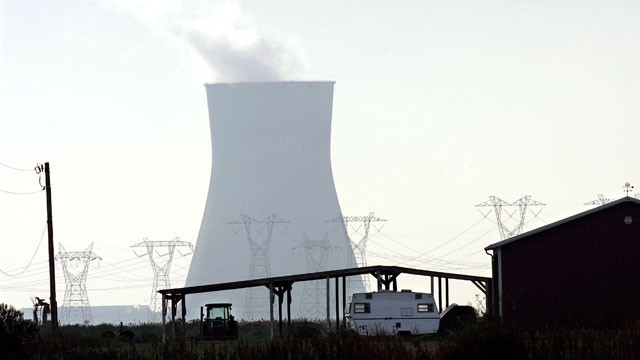


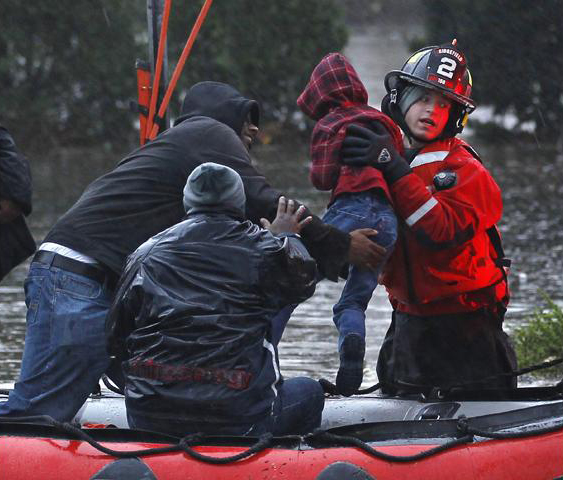
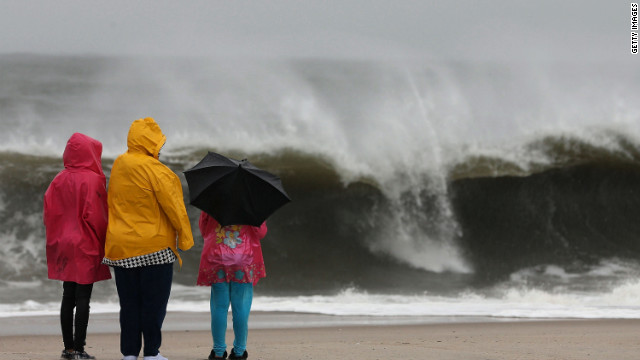
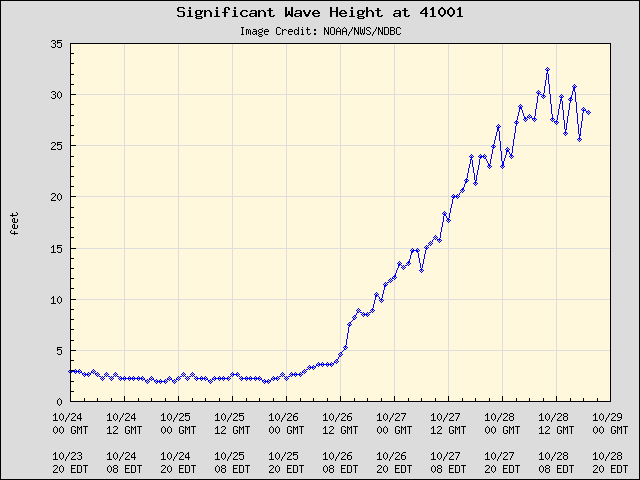
 ethicalcorp.com - by Mallen Baker - October 4, 2012
ethicalcorp.com - by Mallen Baker - October 4, 2012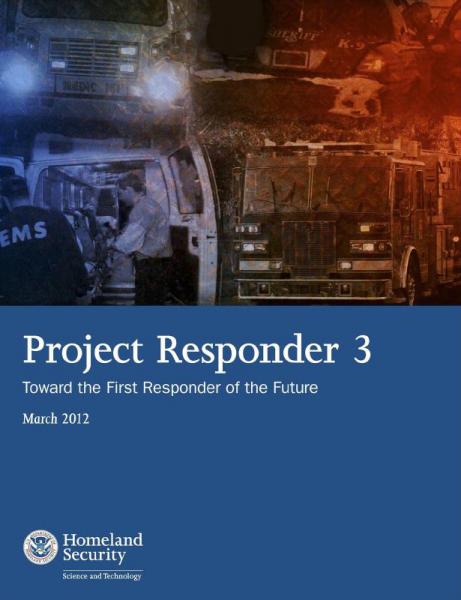 submitted by Samuel Bendett
submitted by Samuel Bendett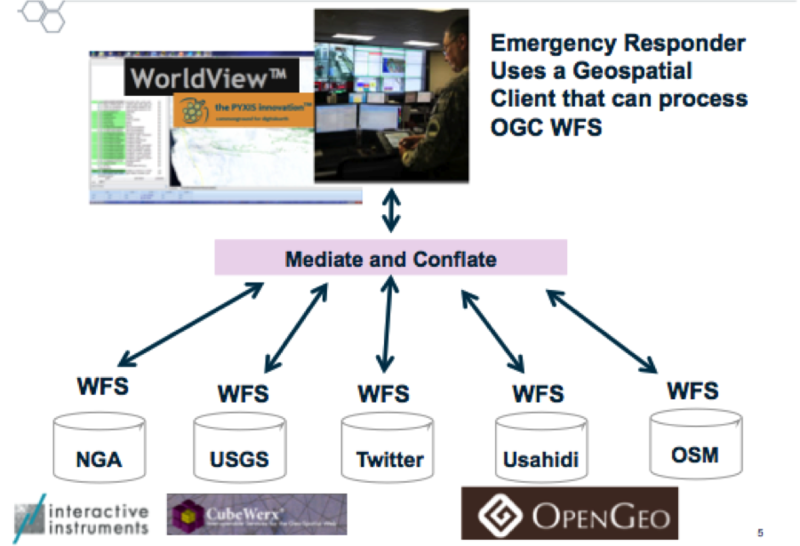
Recent Comments